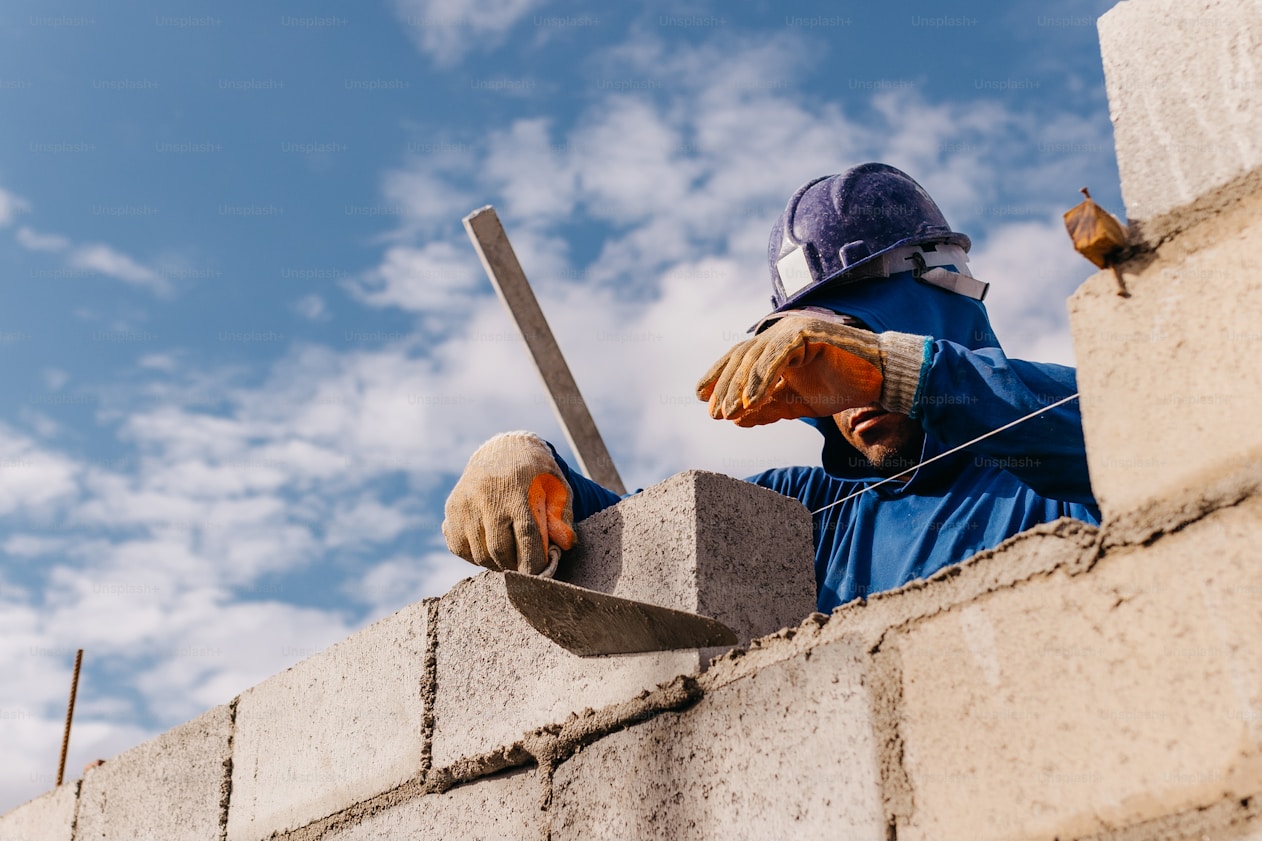Multi Trade Training
Interior Systems Installer (Partitions) Apprenticeship
Interior Systems Installer (Partitions) Level 2 Apprenticeship
At Multi Trades Training we offer on-site carpentry apprenticeship level 2 training available in the South East and Midlands area of the United Kingdom.
Ofsted-Rated 'Good' Training Provider
We are proud to be rated 'Good' by Ofsted, demonstrating our high-quality training, expert support, and commitment to apprenticeship success.

Apprenticeship Enquiry
What you will learn
Throughout your apprenticeship, you’ll develop essential partition installation skills, gaining hands-on experience in metal stud partitioning, suspended ceilings, drylining, and fire-resistant systems. Your training will cover:
✔ Metal Stud Partitioning – Installing framework and boarding to create internal walls
✔ Drylining Systems – Applying plasterboard and finishing techniques for smooth surfaces
✔ Suspended Ceilings – Fitting grid and tile systems for aesthetic and acoustic purposes
✔ Door & Window Openings – Constructing accurate openings within partition structures
✔ Fire-Resistant Systems – Ensuring compliance with fire safety regulations and standards
✔ Acoustic & Thermal Insulation – Installing insulation for noise reduction and temperature control
✔ Jointing & Finishing – Achieving professional finishes using tape and joint compounds
✔ Health & Safety Compliance – Following regulations, including manual handling and PPE requirements
How Are You Trained?
Practical Training
You will receive hands-on training every 12 weeks from one of our expert Skills Coaches, either on-site or in our Mobile Training Workshop. This ensures you gain real-world experience tailored to your company’s needs.
Each visit will typically include:
- Hand & Power Tool Training – Safe use of cutting, drilling, and fixing equipment
- Metal Stud & Track Installation – Constructing durable frameworks for partition walls
- Suspended Ceiling Fitting – Installing ceiling grids, tiles, and lighting integration
- Drylining & Plasterboard Application – Precision in boarding and finishing techniques
- Fire Safety Measures – Ensuring correct installation of fire-resistant materials
Theory Work
Your theory lessons are delivered online every two weeks, alongside maths and English support, if required. These interactive 1.5-hour lessons cover core construction principles, including:
- Health & Safety – Workplace best practices and regulations
- Interior Systems Installation Principles – Framework, boarding, and fixing techniques
- Materials & Sustainability – Understanding drywall, insulation, and eco-friendly building options
- Communication Skills – Effective teamwork and workplace professionalism
- Reading Site Plans & Drawings – Interpreting technical specifications for accurate execution
- Broader Development – Supporting personal growth and career progression
Gateway Process
Before advancing to your End Point Assessment (EPA), you must:
All evidence is gathered via our online e-portfolio system – Bud Systems, providing easy access to track your progress.
Funding & Employer Incentives
Employers hiring apprentices can benefit from several financial incentives:
💷 £1,000 Grant – If the apprentice is 16-18 years old, the employer receives £1,000 from the Department for Education (DfE).
💷 Up to £8,500 CITB Grant – If the employer is a CITB levy payer, they can receive up to £8,500 in apprenticeship funding from CITB.
💷 Government Funding for Apprenticeships – Employers pay nothing for apprentices aged 16-21, as the government covers the full cost. Employers pay just 5% of apprenticeship fees for apprentices aged 21+, with the government funding the remaining 95%

End Point Assessment (EPA)
Once your portfolio reaches 100% completion, you will take your EPA, confirming your skills and knowledge. This consists of:
- A two-day assessment, typically involving a practical partition installation project, such as metal stud wall construction or suspended ceiling fitting (subject to awarding body requirements)
- A practice EPA, held at our training facility in Basingstoke, Hampshire, to prepare you for success
- Final certification – Upon passing, you’ll receive your EPA certificate, allowing you to apply for relevant industry qualifications
Your Next Steps
Join our Ofsted-rated ‘Good’ apprenticeship programme and gain expert training, hands-on experience, and career progression opportunities in interior systems installation.
Apply Now – Click here to start your apprenticeship journey today!
Your Next Steps
Join our Ofsted-rated ‘Good’ apprenticeship programme and gain expert training, hands-on experience, and career progression opportunities in interior systems installation.
📩 Apply Now – Click here to start your apprenticeship journey today!